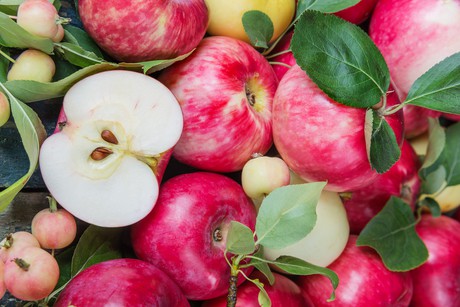Getting fresh

What attributes make consumers select your ready meal over the others on the retailer’s shelf? If you ask the consumer, the word “fresh” is almost guaranteed to come up. But what is “fresh” and how can manufacturers impart the perception of “freshness” in a prepared meal?
Commercial ready meals have to tick a lot more boxes than simply being a convenient replacement for a home-cooked meal for a time-poor consumer. Although this is their prime function.
The food must be formulated so that it can be prepared in bulk, packed and transported to the retailer. The retailer will want as long a shelf life as possible while demanding that the meal appeals to consumers and returns a decent profit.
Ideally the meal will catch the consumer’s eye, be selected, last the trip home and then regeneration before being so delicious that the person will choose it regularly.
And then everyone wants “freshness” as well!
This freshness is going to have to be pretty robust!
Any meal going through all the supply chain from manufacture to consumer is going to undergo stresses that will easily take the gloss off “freshness”.
Some consumers actually define “freshness” as something that will go off, say, for example, comparing fresh peas with canned peas. However, this definition isn’t really advantageous for the ready meal manufacturer as any imperfection in the ready meal will be taken to mean the meal is closer to being off than “fresh”.
How to add “freshness”
- Colour, flavour and texture.
- Recognisable, easy-to-pronounce ingredients.
- Simple packaging.
- Refrigerated rather than frozen.
- The less processing that is evident the better — shelf-stable, long life says “processed” not “fresh”.
- Clean label.
- Flash-freezing or individually quick frozen (IQF) rather than slow chilling and freezing.
Some tricks of the trade
- IQF herbs and shallots do not discolour as quickly as fresh herbs. Add them at the end of the cooking process so their “fresh” green colour flecked through the food can convey “freshness”.
- Add flavour or juice concentrates at the end of the cooking so consumers get the benefit of their “fresh” aromas.
- Fresh foods can pose problems when trying to manage consistency and cost. This is where ingredients like tomato paste can provide a base for cost containment and consistent flavour and colour.
- Low or reduced moisture IQF fruits and vegetables can give enhanced flavour and colour with good texture and appearance.
- Functionals like rosemary extract can act as antioxidants without affecting the desired clean label.
- Packaging plays an important part in preserving texture, preventing spoilage and retaining fresh attributes.
- Modified atmosphere packaging where the pack is flushed with nitrogen or controlled carbon dioxide and oxygen levels can help control oxidation and bacterial growth.
- Foils or metallised films can help maintain crispness.
- Packaging and labelling design can make or break the perception of “freshness”.
Career upskilling: from food to product development chef
Former chef Zach Baudinet decided to take his years of food experience to the next level through...
A taste of flavours on trend in 2024
Understanding the flavours, ingredients and trends that will shape what we consume is essential...
What's new on the shelf this Easter?
Paper artwork-inspired chocolate eggs, sweet chilli products on show and bite-sized Polly Waffles...












